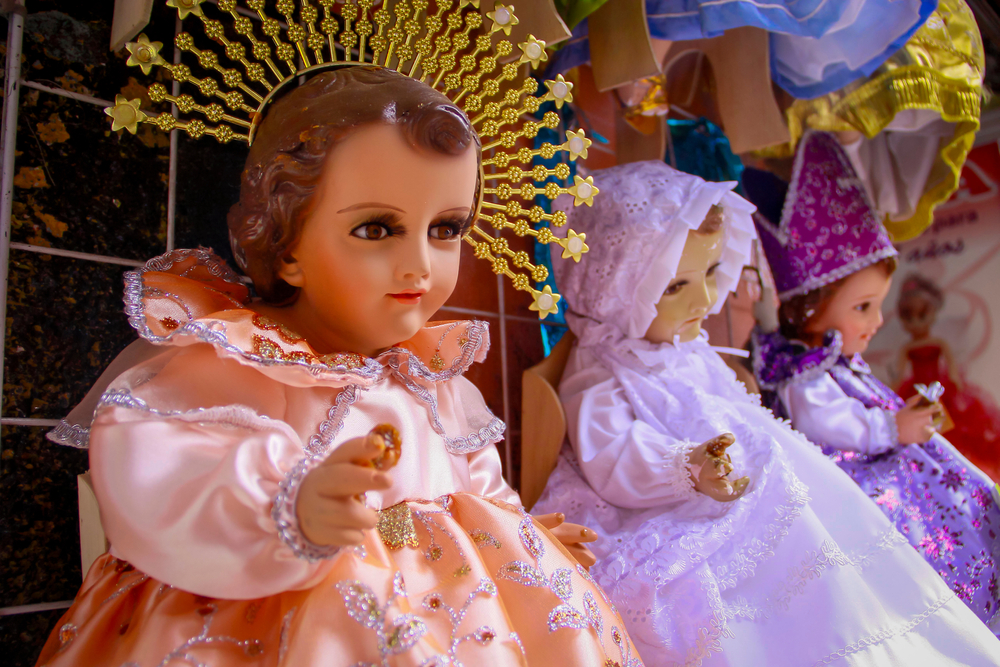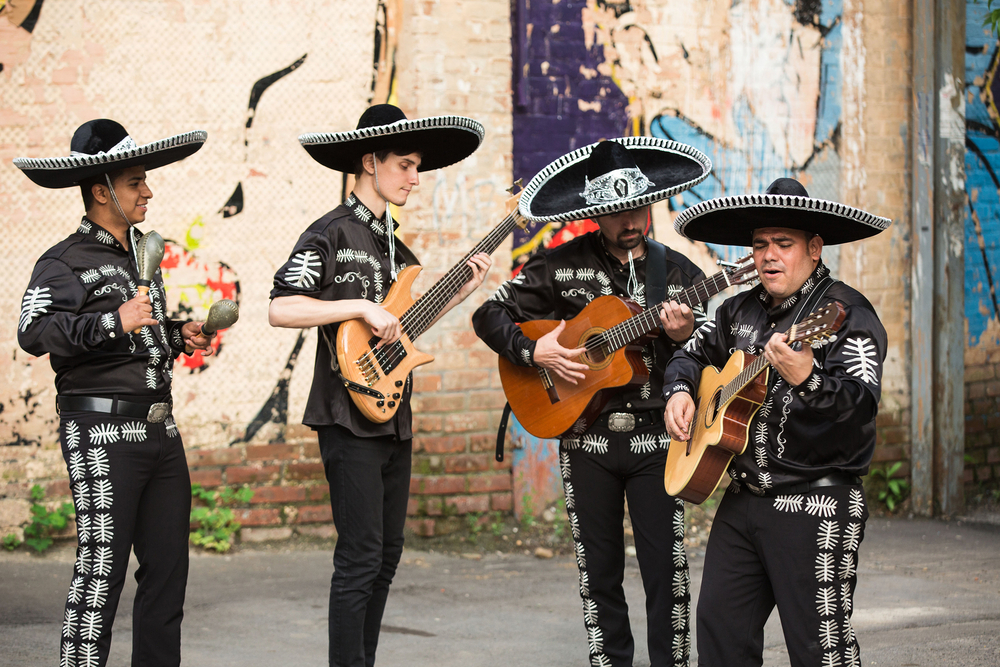Holidays and Festivals: Holiday Calendar

Calendar
| Holiday | 2024 | 2025 | 2026 | Affected |
| New Year’s Day (Año Nuevo) | Jan. 1 | Jan. 1 | Jan. 1 | g, b, o, r |
| Three Kings’ Day/Epiphany (Día de Los Reyes) | Jan. 6 | Jan. 6 | Jan. 6 | none |
| Candlemas (Día de la Candelaria) | Feb. 2 | Feb. 2 | Feb. 2 | none |
| Constitution Day | Feb. 5 | Feb. 5 | Feb. 5 | g, b, some o, some r |
| Benito Juárez Day | March 18 | March 17 | March 16 | g, b, some o, some r |
| Maundy Thursday (Jueves Santo) | March 28 | April 17 | April 2 | b, some o, some r |
| Good Friday (Viernes Santo) | March 29 | April 18 | April 3 | b, some o, some r |
| Easter (Domingo de Pascua) | March 31 | April 20 | April 5 | g, b, o, r |
| Labor Day (Día del Trabajo) | May 1 | May 1 | May 1 | g, b, o, r |
| Cinco de Mayo/Batalla de Puebla | May 5 | May 5 | May 5 | none |
| Mothers’ Day (Día de la Madre) | May 10 | May 10 | May 10 | none |
| Independence Day | Sept. 16 | Sept. 16 | Sept. 16 | g, b, o, r |
| Day of the Dead (Día de los Muertos) | Nov. 2 | Nov. 2 | Nov. 2 | b, some o, some r |
| Revolution Day | Nov. 20 | Nov. 20 | Nov. 20 | g, b, o, r |
| Day of the Virgin of Guadalupe | Dec. 12 | Dec. 12 | Dec. 12 | b, some o, some r |
| Christmas Day (Día de Navidad) | Dec. 25 | Dec. 25 | Dec. 25 | g, b, o, r |
Note: Holidays that fall on weekends are often moved to the following Monday.
Key:
g = government offices and institutions
b = banks and financial institutions
o = non-retail businesses/offices
r = retail businesses
Special Season
Candlemas (Fiesta de la Candelaria)
Date(s):
February 2
Closures:
None
Description:
Candlemas is a religious feast day.
Background:
February 2 is 40 days after Christmas and is celebrated by the Catholic church as the feast of the Purification of the Virgin or Presentation of the Lord at the Temple. According to ancient Jewish law, a woman is considered unclean for 40 days after giving birth and it's customary to bring babies to the temple after that time passes. It is believed that Mary and Joseph brought baby Jesus to a temple to be blessed on February 2 because it is 40 days after December 25. Since about the 11th century there has been a tradition in Europe of bringing candles to church to be blessed as part of the celebration. February 2 also marks the mid-way point between winter solstice and spring equinox. The day has been used as a way to predict future weather since ancient times.
How Celebrated:
People throughout Mexico dress up dolls of the Christ Child in special outfits and take them to church to be blessed during Fiesta de la Candelaria. Families and friends gather together to celebrate and often eat tamales.
International Meeting of Mariachi and Charrería
Date(s):
Varies annually in August and/or September
Closures:
None
Description:
This is a celebration of mariachi music, culture, and the Mexican rodeo.
Background:
Mariachi music and the Mexican national sport charrería are both 16th century cultural legacies of the Spaniards. Mariachi is the music of the masses. It is a form of storytelling among the peasants accompanied by a five- and six-string guitar, and violin. It was born in the cornfields of Guadalajara, Jalisco, where peasants sang their weariness away after a hot day under the sun. Love, politics, revolution, death were the favored topics. Charrería, or Mexican rodeo, is a lifestyle, folk tradition, and sport. It started in the 16th century when the Spanish conquerors brought the finest horse breeds to Mexico. The charro (cowboy) tradition also evolved from the haciendas and is a symbol of Mexican machismo ethic: bravery, chivalry, courtesy, and honor.
How Celebrated:
The festival is a 10-day extravaganza and a huge gathering of Mariachi musicians, rodeo stunt performers, artists, and dancers. The open-air gala concert features the country’s most accomplished musicians, who perform with an orchestra. Guadalajara’s churches hold special morning masses before simultaneous activities kick into high gear: parades, floats, Mariachi-inspired painting exhibitions, tequila sessions, and ballet demonstrations. The main event is the world’s biggest mariachi competition, which attracts a crowd of more than two million from all over the world.
Copyright © 1993—2024 World Trade Press. All rights reserved.

 Mexico
Mexico 
